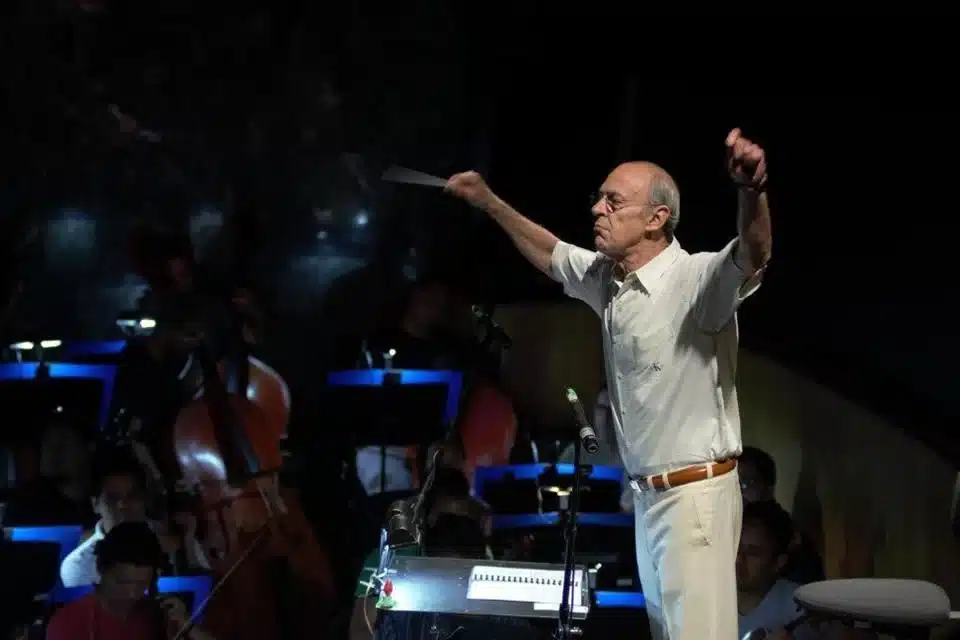‘Mozart’s three last symphonies were, in fact, one’
mainThat’s Nikolaus Harnoncourt’s latest theory, so he has re-recorded the works as a single entity of 12 movements.
Inevitably, with Harnoncourt, the musical logic reinforces his original idea.
Read more here. The recording is my Album of the Week on sinfinimusic.com.






Let me get this straight. Mozart, who was more concerned with large-scale tonal unity and balance than any composer before or since, who insisted, from Abduction from the Seraglio until his death, that even operas (which are traditionally much looser from a tonal-structural standpoint than symphonies) end in the key which they began, would write a symphonic statement beginning in E flat and ending in C more than century before progressive tonality began to be employed in symphonies (with Mahler’s Fourth)?
Yeah, right.
I also read your review on sinfinimusic, and if you want to demonstrate Harnoncourt’s use of “musical logic” to support this idea, then you need to do better than quoting vaguely impressionistic observations on the beginning of the G minor (or lack thereof, as Harnoncourt would apparently have it). Show me some motivic interconnections among the three (this is not unheard of or impossible; some commenters hold that Beethoven’s late string quartets in A minor, B-flat major, and C-sharp minor are linked by a common motive) or maybe a Schenkerian graph showing a continuous Urlinie descent across all three symphonies (good luck) and I might be inclined to give the notion some serious consideration rather than dismissing it out of hand. Absent any hard analytical evidence in its favor however, I am forced to conclude that Harnoncourt’s conception of the last three symphonies as a single unity is ridiculous.